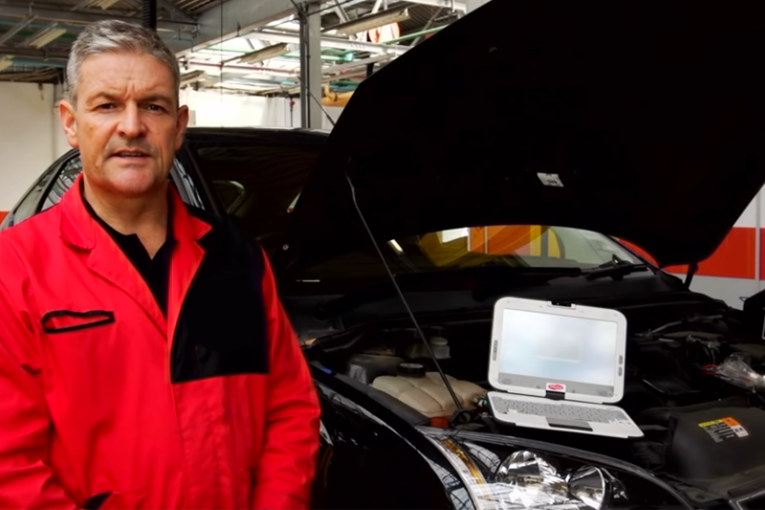
Steve Jervis, Master Technician at Delphi Technologies, walks us through the process of bleeding the ABS system using Delphi’s DS diagnostic tool.
Any time the brake lines are open, whether its changing components like callipers, wheel cylinders, mass cylinders or ABS units, air will always be introduced.
Air in the system will cause an imbalance and a spongey brake pedal so the air must be removed. Bleeding brakes should be part of any brake work. Delphi recommends you change the brake fluid before doing any brake work. This is so you don’t push any debris through the system that would cause future damage.
Process
Before starting, it’s important to clean the reservoir of the brake mass cylinder. Small particles of dirt will cause damage to mass cylinders and ABS actuator modulators. Failure to keep the hydraulic system completely clean will always shorten the service life.
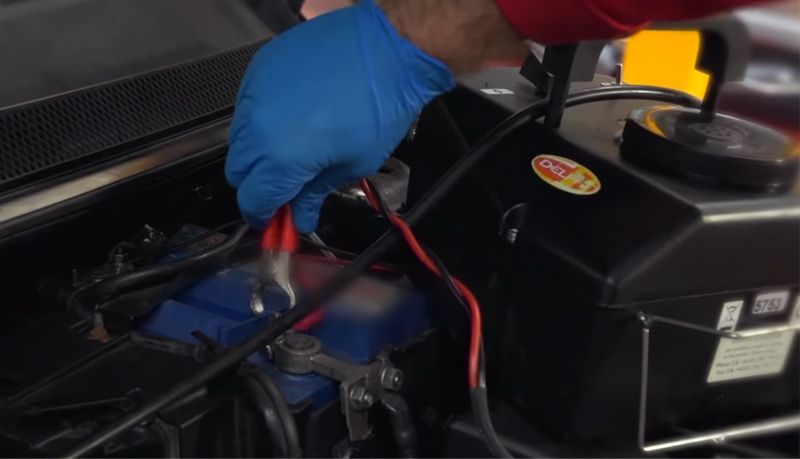
Connect the pressure bleeder to the mass cylinder reservoir after checking it’s filled with the correct brake fluid as per the vehicle manufacturer’s recommendations.
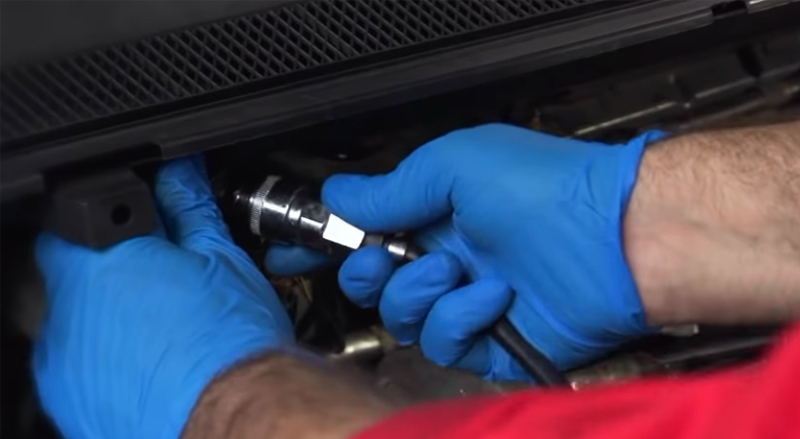
For older vehicles the brake bleeding procedure is normally a manual process, however, many newer vehicles have a requirement to connect to a diagnostic tool and run the brake bleeding procedure electronically. This activates the valves allowing and forcing air through the system.
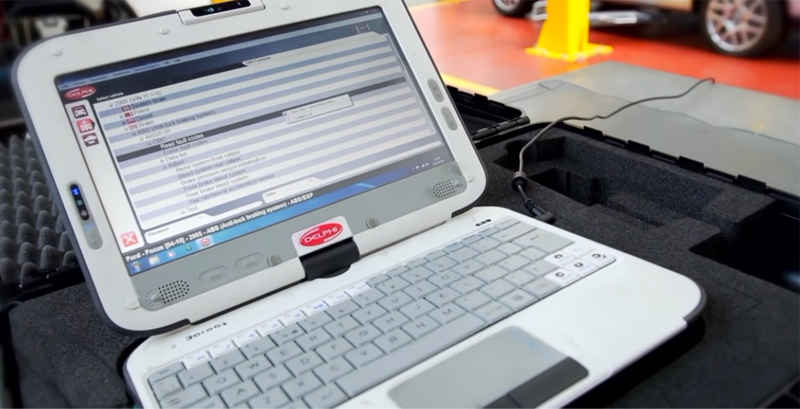
Now we need to start the car and connect the DS diagnostic tool. Select the automatic bleep procedure and refer to the help file to understand the procedure and follow it carefully as this can differ from vehicle to vehicle and varies with vehicle manufacturers. The tool will then energise the cycle. The ABS solenoids and the brake pressure modulating valve. After this the software will instruct you to bleed each corner and specify the correct order for doing this.
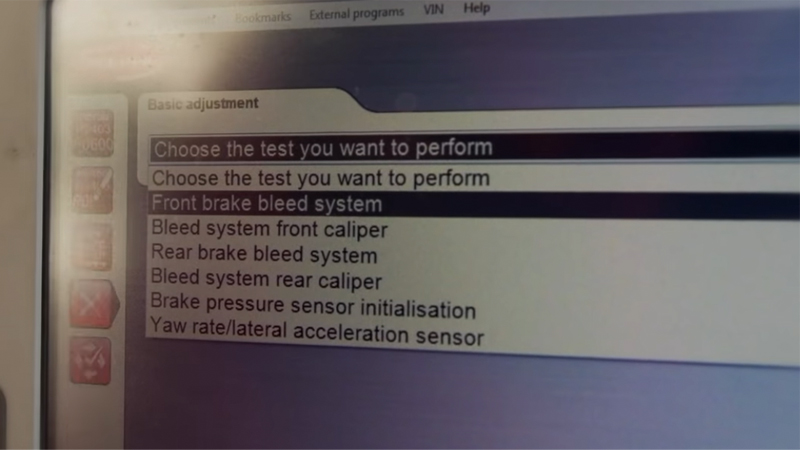
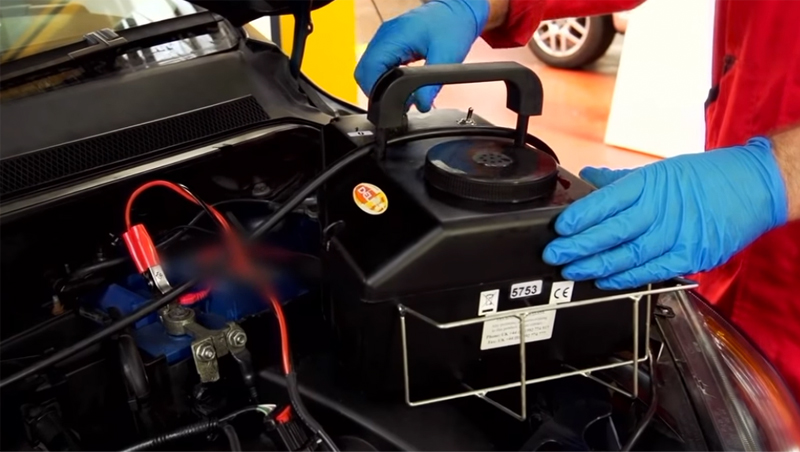
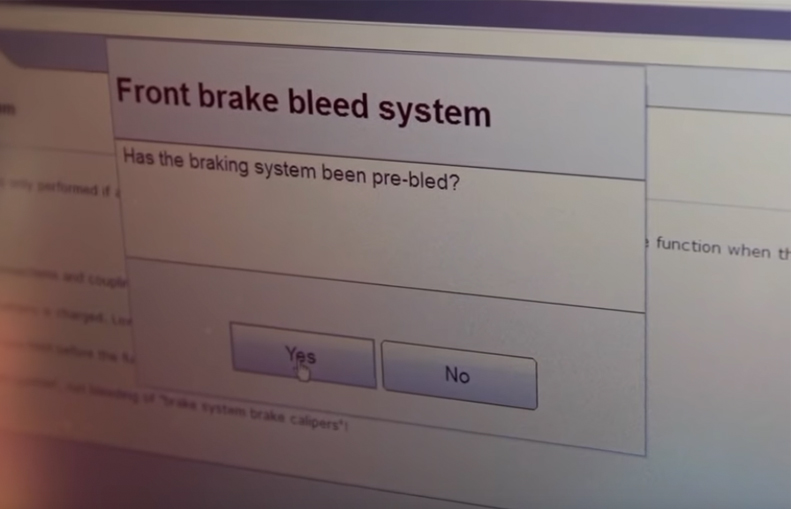
During this step the pump runs and the respective release valve cycle. This is repeated for each corner. The bleed nipple will have to be opened and closed in turn.
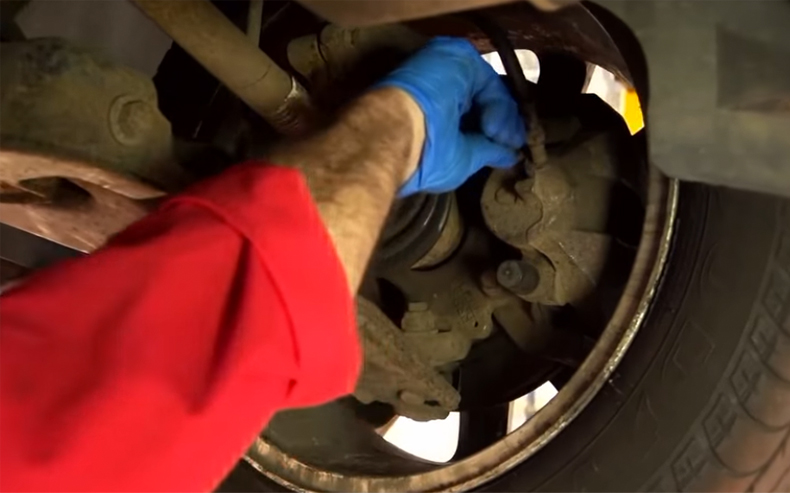
Remember to collect the discharged fluid in a suitable container. Relieve pressure at the brake tool and remove it from the mass cylinder and check the brake pedal to make sure all the air is removed, there is no excess travel and the pedal is firm. The brake bleeding tool should keep the fluid level to topped up. The brake fluid level must be checked to see if any additional top up is necessary. Remember to refill only with the manufacturer’s recommended brake fluid.









